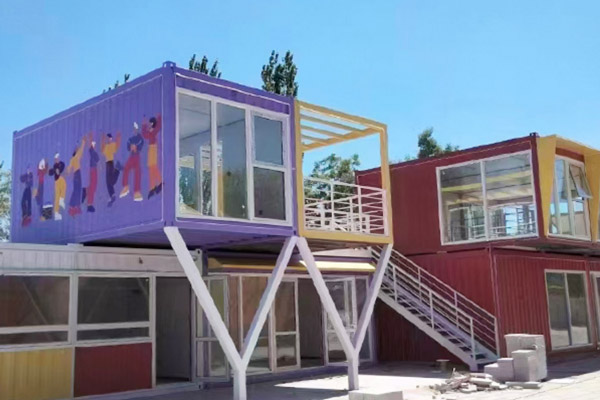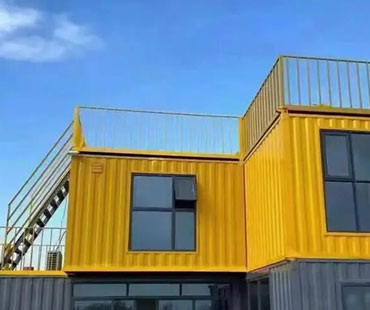In recent years, the concept of container art has emerged as a captivating intersection between functionality and creativity. Originally designed for efficient transportation of goods, shipping containers have found a new life as canvases for artistic expression, innovative architecture, and community engagement. This article explores the evolution of container art, its diverse applications, and the impact it has on communities and culture.
1. The Transformation of Shipping Containers
Shipping containers, often seen as mere tools for global trade, possess a unique aesthetic and structural resilience that artists and designers have embraced. With standardized dimensions and a robust steel construction, these containers provide a versatile medium for creative projects. The idea of repurposing containers began to gain traction in the early 2000s, as artists and architects recognized their potential beyond transportation. Today, they are transformed into vibrant installations, public art pieces, and even functional buildings.
2. Artistic Expression
Container art allows artists to explore themes of identity, culture, and environmental issues while utilizing a medium that is both accessible and relatable. Many artists around the world have taken to painting, sculpting, and decorating shipping containers, turning them into striking works of art.
For example, in cities like Melbourne, Australia, and Cape Town, South Africa, container murals have become iconic landmarks, drawing tourists and locals alike. These colorful, large-scale artworks not only beautify urban landscapes but also convey powerful social messages, sparking conversations about community, heritage, and sustainability.

3. Innovative Architecture
The architectural community has also embraced container art, leading to the development of container-based structures. Architects and designers have created everything from pop-up shops and cafes to affordable housing and community centers using repurposed shipping containers.
One notable example is the Container City project in London, where shipping containers have been transformed into a vibrant community of shops, studios, and living spaces. This innovative approach not only addresses urban housing shortages but also promotes sustainable building practices by repurposing materials that would otherwise contribute to waste.
4. Cultural and Community Engagement
Container art projects often serve as catalysts for community engagement and cultural exchange. Many artists collaborate with local communities to create site-specific installations that reflect the culture and history of the area. This participatory approach fosters a sense of ownership and pride among residents, transforming public spaces into vibrant hubs of creativity.
For instance, in the United States, several cities have hosted container art festivals, where artists are invited to create temporary installations that engage the public. These events not only showcase local talent but also encourage dialogue about the role of art in urban environments and the importance of community involvement in the creative process.
5. Environmental Considerations
The use of shipping containers in art and architecture also raises important environmental considerations. By repurposing these containers, artists and designers contribute to sustainability efforts by reducing waste and minimizing the need for new materials. This practice aligns with the growing movement towards eco-friendly design and construction, reflecting a broader awareness of environmental issues within the art community.
Furthermore, many container art projects incorporate green technologies, such as solar panels and rainwater harvesting systems, further enhancing their sustainability. This commitment to environmental responsibility offers a model for future artistic and architectural endeavors.
6. The Future of Container Art
As the world continues to evolve, so too will the concept of container art. With advancements in technology and materials, artists and designers are likely to explore new ways to repurpose shipping containers, pushing the boundaries of creativity and functionality. The growing trend of urbanization and the need for sustainable solutions will further drive innovation in this field.
Moreover, as container art gains recognition on a global scale, it has the potential to inspire a new generation of artists and designers. Educational programs and workshops centered around container art can foster creativity and skill development, encouraging young people to engage with both art and sustainability.
Container art represents a fascinating convergence of transportation, creativity, and community engagement. By repurposing shipping containers, artists and designers are not only creating visually stunning works but also addressing pressing social and environmental issues. As this movement continues to grow, it holds the promise of transforming urban landscapes and enriching cultural narratives around the world. In a world where art and design increasingly play crucial roles in shaping our environments, container art stands as a testament to the power of creativity in reimagining the ordinary.


